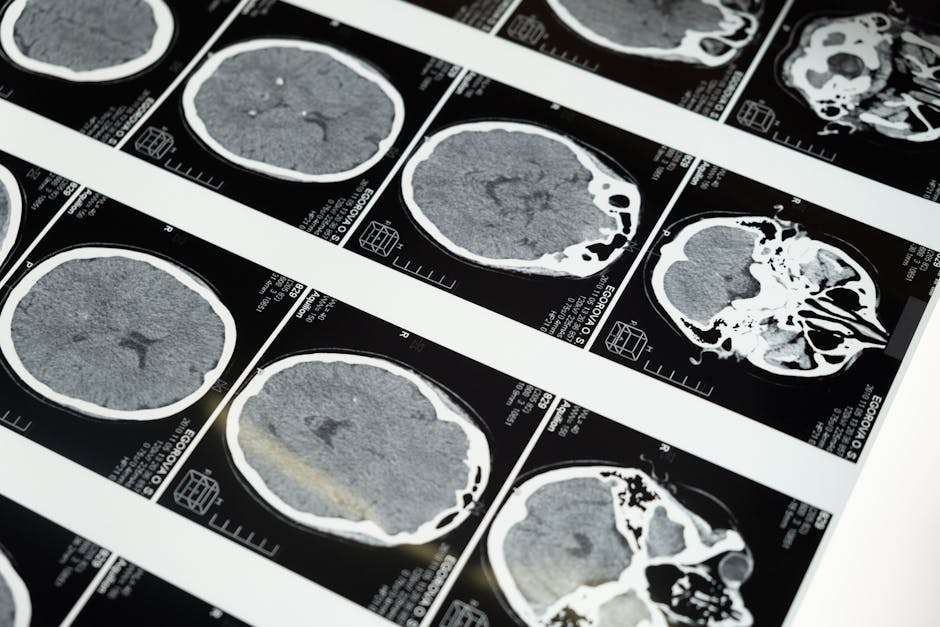What Happens During a Doctor’s Visit for a Head Injury? 🤕
Head injuries can be alarming, and knowing what to expect during a doctor’s visit can ease some of your worries. Whether it’s a minor bump or a more serious concussion, understanding the process can help you feel more prepared and informed. Let’s dive into what typically happens during a doctor’s visit for a head injury.
Table of Contents
1. Introduction
2. First Steps: Initial Assessment 🩺
3. Diagnostic Tools and Tests 🔍
4. Treatment Plans and Follow-up Care 🏥
5. Conclusion
6. FAQ Section
First Steps: Initial Assessment 🩺
When you first arrive at the doctor’s office or emergency room with a head injury, the initial assessment is crucial. The healthcare professional will:
– **Ask Questions**: Expect to answer questions about how the injury occurred, any symptoms you’re experiencing, and your medical history. This information helps the doctor gauge the severity of the injury.
– **Perform a Physical Examination**: The doctor will check for visible signs of injury, such as bruising or swelling, and assess your neurological function by testing your reflexes and balance.
– **Check for Warning Signs**: They will look for signs of a more serious condition, such as loss of consciousness, confusion, or severe headache, which might indicate a concussion or other serious issues.
Diagnostic Tools and Tests 🔍
If the doctor suspects a more serious injury, they may use various diagnostic tools to get a clearer picture:
– **CT Scan or MRI**: These imaging tests provide detailed images of the brain and skull, helping to identify any bleeding, bruising, or fractures.
– **Neurological Tests**: These tests check your brain function by evaluating your memory, concentration, and ability to problem-solve.
– **Observation**: Sometimes, the best approach is careful observation. You might be asked to stay for a few hours for monitoring, especially if symptoms are mild but could worsen.
Treatment Plans and Follow-up Care 🏥
Once the assessment and tests are complete, the doctor will discuss the best course of action:
– **Rest and Recovery**: For mild head injuries, rest and over-the-counter pain relief might be all that’s needed. Following the doctor’s advice on rest and activity levels is crucial to ensure proper healing.
– **Medications**: In some cases, medication might be prescribed to help with symptoms such as headaches or nausea.
– **Rehabilitation**: For more severe injuries, rehabilitation might be necessary. This could include physical therapy, occupational therapy, or speech therapy, depending on the injury’s impact.
– **Follow-up Appointments**: These are essential to monitor recovery and address any ongoing symptoms or concerns.
Conclusion
Visiting the doctor for a head injury can be a daunting experience, but understanding the process can make it less stressful. By knowing what to expect during the initial assessment, diagnostic testing, and treatment planning, you can be more prepared and proactive in your care. Always listen to your body and follow the healthcare professional’s advice for the best recovery outcomes.
FAQ Section
Q1: How long should I rest after a head injury?
A: Rest period can vary depending on the severity of the injury. Mild injuries might require a few days, while more serious ones could need weeks. Always follow your doctor’s guidance.
Q2: When should I see a doctor after a head injury?
A: If you experience symptoms like severe headache, confusion, vomiting, or loss of consciousness, seek medical attention immediately.
Q3: Can I drive after a head injury?
A: It’s advisable to avoid driving until you’ve been cleared by a healthcare professional, as your reaction times and concentration may be impaired.
Q4: What should I do if symptoms worsen after the visit?
A: Contact your doctor or seek emergency medical care if symptoms like headache, dizziness, or confusion worsen after the initial assessment.
Q5: Are head injuries permanent?
A: Many head injuries heal completely, but some can cause lasting effects. Early intervention and following treatment plans can improve outcomes significantly.

